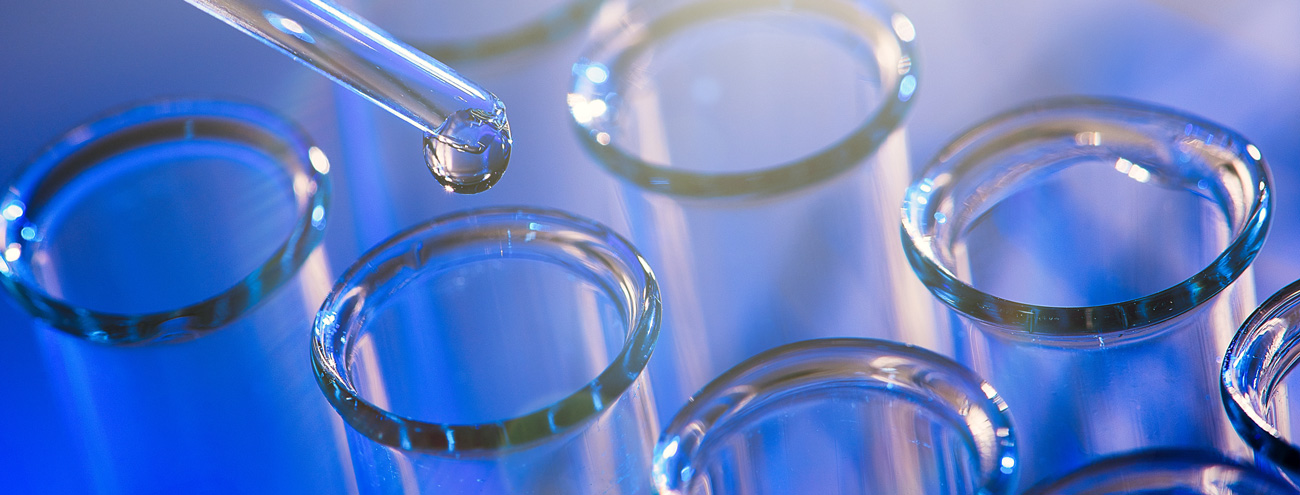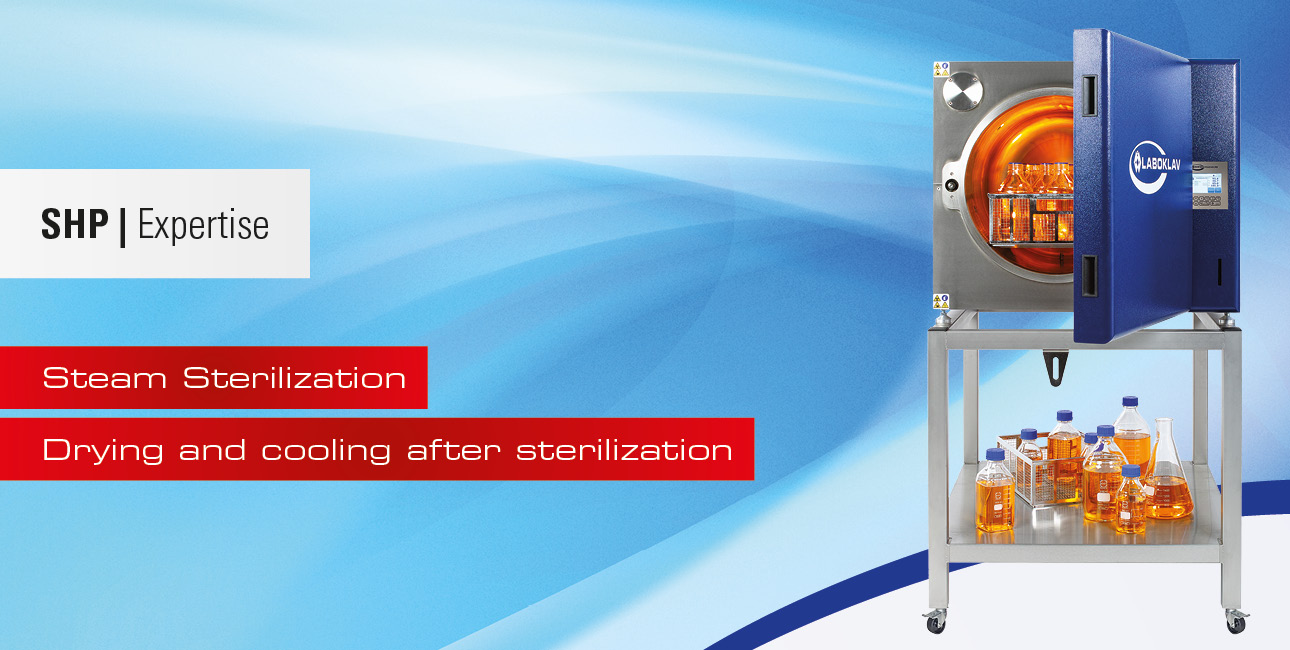Cooling and drying sterilization items correctly is crucial to maintaining sterility and ensuring the safe storage and reuse of medical instruments and liquids.
Solid sterilization items
After sterilization, solid sterilization items must be completely dried, as this is the only way to ensure that they retain their sterility and can be stored safely. The residual moisture must not exceed 1% for textiles and 0.2% for metal parts.
During the condensation process, heat is transferred from the sterilized items to the steam and dissipated. In order for the steam to condense, the chamber pressure is lowered to the corresponding boiling temperature, which requires a drying vacuum of between 7 and 20 kPa. In addition, the chamber can be evacuated several times and ventilated with sterile filtered air, which removes heat and moisture from the sterile goods.
The success of the drying process depends heavily on the type of packaging, the weight, the material and the loading of the chamber. It is important that the condensate can drain away unhindered and that no puddles form. After the drying process, the chamber is ventilated with sterile air to prevent recontamination.
Process variants for drying
- Depressurization to atmospheric pressure (DEA): Normal pressure relief at the end of the process.
- Vacuum with drying (VMT): Drying process with simultaneous evacuation and heat supply.
- Vacuum without drying (VOT): Removal of steam by evacuation without drying phase.
- Fractional vacuum with drying (FVT): Alternating evacuation and ventilation with sterile air with simultaneous heat supply.

Photo: adobe stock / RomixImage
Liquids
The sterilization of liquids differs significantly from that of solid or porous goods, as the liquid is both the material to be sterilized and the sterilizing agent. The gravitation process (GRAV), in which the steam displaces the heavier air, is usually used to heat up the chamber. The pre-vacuum process is also suitable for this purpose.
The larger the container, the longer the heat transfer takes, which can lead to temperature differences within the container. Liquids can be sterilized in open or pressure-tight sealed containers. Containers with cellulose stoppers and aluminium foil or loose screw caps are considered “open” and allow pressure equalization and liquid loss prevention.
After sterilization, liquids are cooled down to a safe withdrawal temperature. The permissible temperatures differ depending on the type of container in accordance with DIN EN 61010-2:
- 5 K below boiling temperature for open containers
- 10 K below boiling temperature for pressure-tight sealed plastic containers
- 20 K below boiling temperature for pressure-tight sealed glass containers
Cooling process for liquids
Rapid cooling is often necessary to avoid exposing the liquids to high temperatures for an unnecessarily long time. Various methods are used for this purpose:
- Self-cooling (SAK): The liquid cools down without external influence.
- Self-cooling with support pressure (SAS): Supported self-cooling under pressure.
- Direct hot water cooling (DHK): The containers are sprinkled with sterilizing water, which dissipates the heat.
- Vapour-air mixture cooling (DLK): A fan swirls a mixture of steam and air around the containers, whereby the supporting pressure prevents liquid loss and balances the internal pressure.

